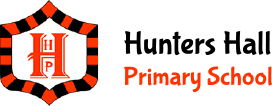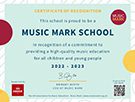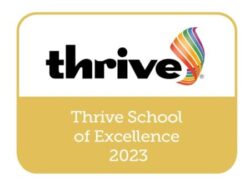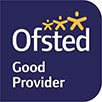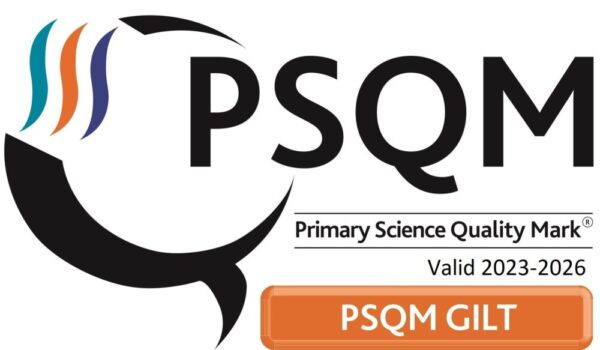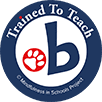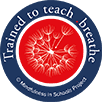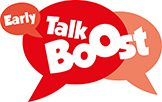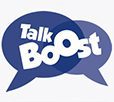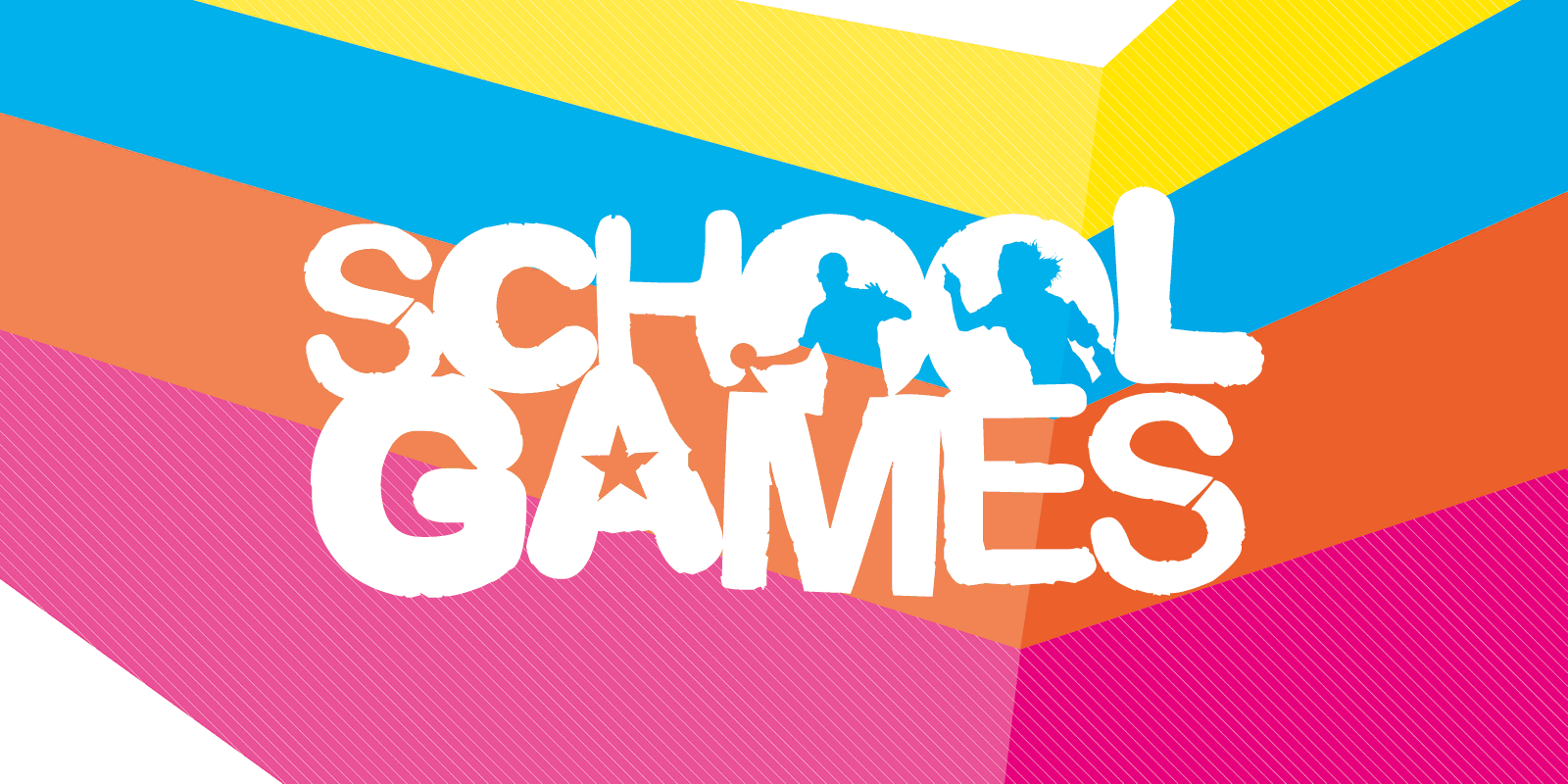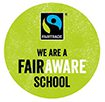Maths +1
Maths +1 is a club which runs to help children with their mathematical development. The unique thing about it is that children work alongside their parent/carer.
The club runs after school over a period of weeks. Families who have attended previous Maths+1 sessions have thoroughly enjoyed the experience and have learnt that maths is not a frightening subject.
Mathematics concepts which are covered include: place value, addition, subtraction, multiplication, division, word problems and measures.
Helping your child(ren) with maths…
As with reading & writing, try to make maths as much fun as possible – games, puzzles and jigsaws are a great way to start. It’s also important to show how we use maths skills in our everyday lives and to involve your child in this.
Identifying problems and solving them can also help your child develop maths skills. If you see him or her puzzling over something, talk about the problem and try to work out the solution together.
Don’t shy away from maths if you didn’t like it at school. Try to find new ways to enjoy the subject with your child.
Tips for helping your child to enjoy maths:
- Point out the different shapes to be found around your home/ local area
- Take your child shopping and talk about the quantities of anything you buy
- Let your child handle money and work out how much things cost
- Look together for numbers on street signs, adverts and car registration plates
Talk it, play it, see it, touch it, think about maths – every day!
A selection of fun and easy activities that will help your child think about maths – every day.
Talk It
Point out the maths in everyday life, and include your child in everyday activities where you use maths – handling money, shopping, cooking, and travelling by car or bus.
Talk about time – for example, how long does it take to walk to school/the park/the chip shop? What time do you need to leave the house so that you’re at school on time? Explain that you are doing maths.
Practise counting up to twenty, and backwards too, to higher and higher numbers, and backwards too. Counting by itself can be boring, so encourage them to count things like steps, jumps, bounces, (good for competitions too!), or clouds in the sky, trees, crisp packets, lampposts, red cars, ants…anything!
To help your child understand what numbers mean, ask them to find the same amount of different items. For example, find 3 spoons, 3 hats, or 3 socks.
Talk about the shape and size of objects, e.g. big car, little car, round ball, square table, rectangular book, and ask them questions like ‘pass me the biggest box’, or ‘which one is the smallest shoe’. Use the internet to find interesting size facts like tallest and shortest people, or biggest and smallest buildings etc.
Sing counting songs, read books, play games, and watch films about maths – scroll down for a list.
Use turn-taking to talk about time – for example, if they have a 20 minute turn on the computer, and they’ve already used 10 minutes, how much longer can they use the computer for?
Play It
Play games with cards – players take 2 cards and add the numbers – the player with the highest number wins. You can play this game with subtraction, multiplication, and division too.
Create patterns – make up short dances, or rhythms using your body (e.g. clap, clap, stomp, belly slap, and repeat).
Play with blocks like Lego or Jenga – encourage your child to think about size, colour, shape, weight, texture, and create patterns and structures too. Ask them to guess how many blocks they could pile up without them falling down and then build them up to see if they were correct.
Play ‘I spy’ but with numbers or shapes.
Play with containers – how many socks can you fit in the box? Which container holds the most sand/water/beads etc. How many sweets are in the jar? Ask your child to predict an answer and then do the activity to see if they were right/how close they were.
Clue Game
Pick an object and give your child clues to that object by using directional language: up, down, over, under, between, through, beside, behind, in front of, and on top of. Make the game more challenging: give two or even three part directions e.g. ‘It’s on top of the table and to the left of the magazine’. To make the game more challenging give two part directions e.g. ‘It’s on top of the table and to the left of the magazine’.
Ask your child to design their own board game (and dice), and play the game together. Afterwards, talk about what mathematical thinking, reasoning, or problem solving the game used or encouraged.
See It
Go on a shape hunt – how many circles, squares, rectangles, triangles can you and your child find? Are they 2D or 3D? You can look for patterns and symmetry too.
Look for numerals…on doors, buses, cars, signs, at home, at the shops, on TV…anywhere. Remember to talk about what the numbers mean.
Count anything – how many lampposts are on our street? How many houses have a red door? How many packs of crisps do we have in the kitchen (and how many did we have yesterday)?
Put things in order – of weight, height, size. Ask your child to help you organise things at home.
Play ‘I spy’ but with numbers or shapes.
Touch It
Play with things like shells, bottle tops, beads, Lego – and compare them. These things are great for making patterns too.
Put things in order – of weight, height, size. Ask your child to help you organise things at home.
Make patterns with objects, colouring pencils, paint or play-dough.
Build structures with Duplo, Lego, or cardboard boxes.
Ask your child to help you measure out ingredients/set the timer when you are cooking.
When you eat food that can be shared, like pizza, crisps, cake, berries etc…, and your child to help you share it equally with whoever’s eating.
Think It
Estimate – at the shops ask your child to estimate how much 2 or 3 items will come to, or how much more food you’ll need if extra people come for tea.
Play ‘Think of a number’ – you think of a number between 0-10, and they have to guess. They can ask questions like ‘is it less than 5’?
At school children learn to add and subtract in practical situations that crop up in the classroom long before they start to write sums. You can ask them to help you to solve problems at home, when you are working out ‘how many altogether’ or ‘how many more’, such as:
‘We have 3 red apples and 2 green apples, so how many apples do we have altogether?’ or ‘We have 6 chocolates/oranges/crisps, if I eat 3, then how many will we have?’
When they need to tidy their room, ask them to estimate how many objects are on the floor, then count them as they put the objects away – were they right?
At school children learn to problem solve long before they start to write calculations.
Ask your child to collect information and create a tally chart, e.g. find out the family’s favourite animal or fruit etc.
